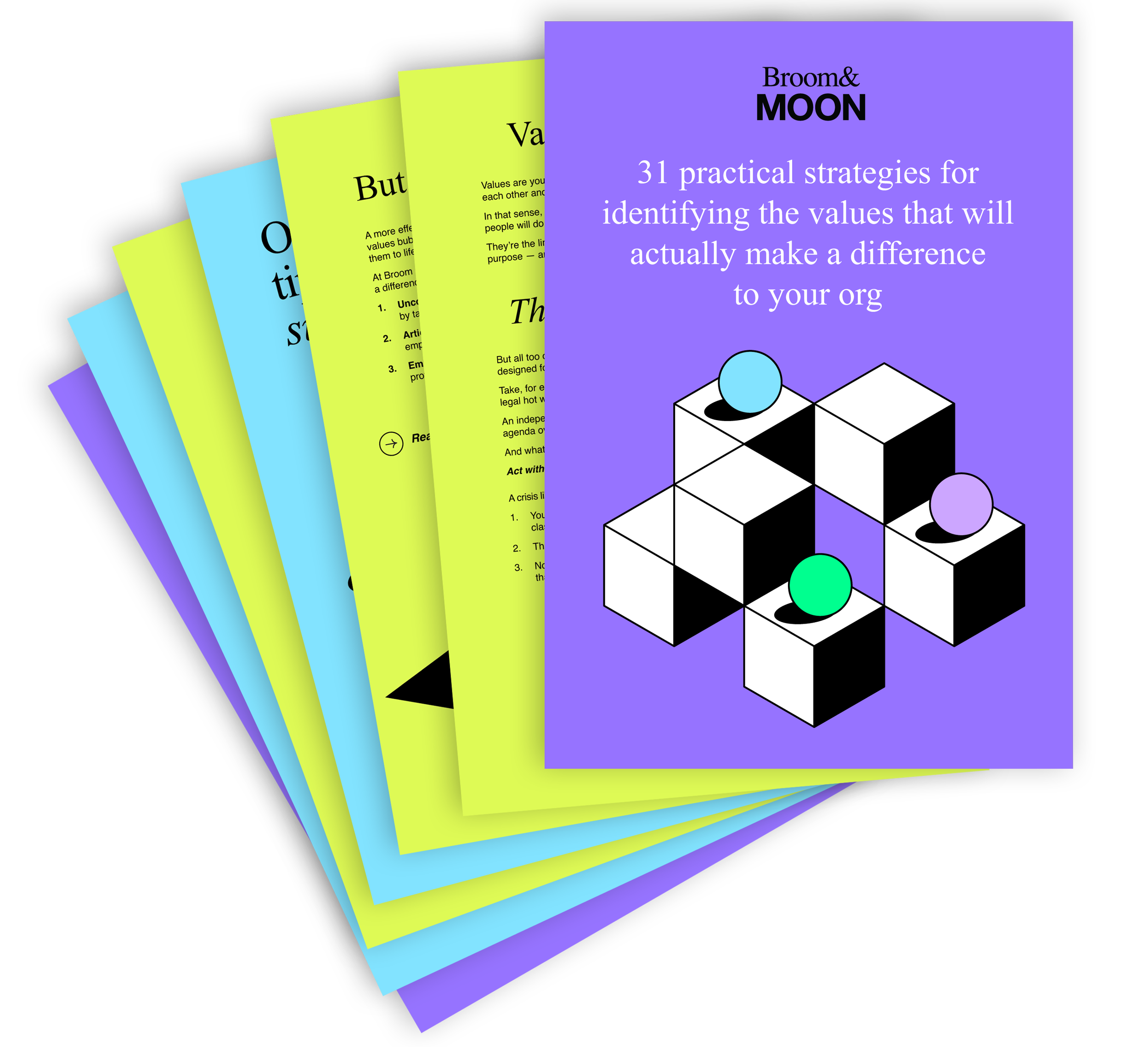How to coach a first-time presenter to embrace the limelight
When I lived in Australia, I worked on several big events aimed at revving up the employees of my corporate clients, including Microsoft.
Each event was a slick, high-production affair. Celeb MC. Audience of 1,000. Stadium-like venue.
Employees were always the star of the show — even though many were introverts who’d never presented to a large crowd before. Yet, here they were, expected to deliver a preso without notes. Bullet points were banned. Visuals and props were there purely to help tell a story.
Frankly, most of those asked to present would have rather chewed their own arm off. But they always walked off stage buzzing and basking in the congratulations of their colleagues.
How did these introverts go from barely being able to hold eye contact in a lift to wowing their audience? And how can you help execs faced with a similar challenge?
Here’s my advice.
Talk them through the process
It’s ok to send out an email letting people know they’ve been chosen to present, but don’t just leave them to get on with it. Invite them to meet in person (or on Zoom) and go through the event’s objectives, the audience and the setting. You’ll need to be firm on timings, too: think Ted Talk, not sermon. Finally, set out the process of how you’ll work together.
Let them get creative
Once you’ve agreed on the objectives, let your presenter go away and come up with a creative idea of their own. But tell them to stay away from PowerPoint for now — instead, ask them to come back and pitch you their idea.
Give feedback and then let them work on it some more
That first pitch might not hit the mark. So when giving feedback, be sure to honour the speaker’s creativity, while keeping them focused on the audience. I once had a group of engineers pitch something to me that was so out there, I didn’t know what I’d just watched. But I loved their enthusiasm so we found a way to stick as much as possible to the original idea — while making sure their message was clear.
Get them to write the script, then turn it into notes
Now you’ve got an idea, have your presenters write the script out in full and sign off the messaging with whoever you need to involve. Then, get them to turn the script into notes and start rehearsing. Note: we still haven’t gone anywhere near PowerPoint yet!
Agree on visual aids
Once rehearsals with the script have begun, now it’s time to fire up the slides. Give your presenter a branded PowerPoint template with clear instructions on how it should be used.
Urge them to keep their visuals to a minimum. Slides should be single words or sentences, data, images or charts.
Remind them not to put their talking points on the slide — they’ll end up turning their back on the audience. Said audience will start reading and stop listening — which is guaranteed to drain the speaker’s confidence.
Rehearse, rehearse, rehearse
Get your rehearsal times booked in. If it’s an important event, I recommend at least two offsite rehearsals and one on-site. Rehearsals will tell your presenters how much of their presentation they can deliver confidently and how much they still need to work on. It will also show if any part of the presentation isn’t quite working.
For big events, organise a dress rehearsal if possible. Run it exactly like it will run on the day, so your presenters know exactly what to expect.
Teach your presenters diaphragmatic breathing
When we’re nervous, the fight or flight response kicks in — just as it did for our ancestors when they were being chased by a lion. The only way to tame that response is through diaphragmatic breathing: deep breaths from the stomach, not short breaths from the chest. You can’t breathe like that when you’re being chased by a lion — and so it tells your body you’re out of danger.
Celebrate
Presenting is a big deal, takes a lot of prep and can be very rewarding. Make time to celebrate with your presenters and let them know what a great job they did.
Related articles


